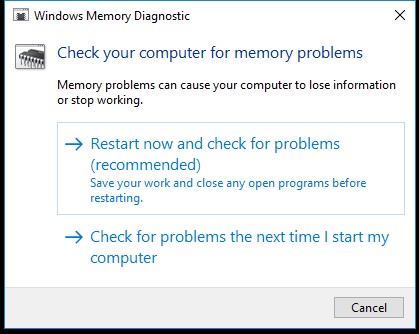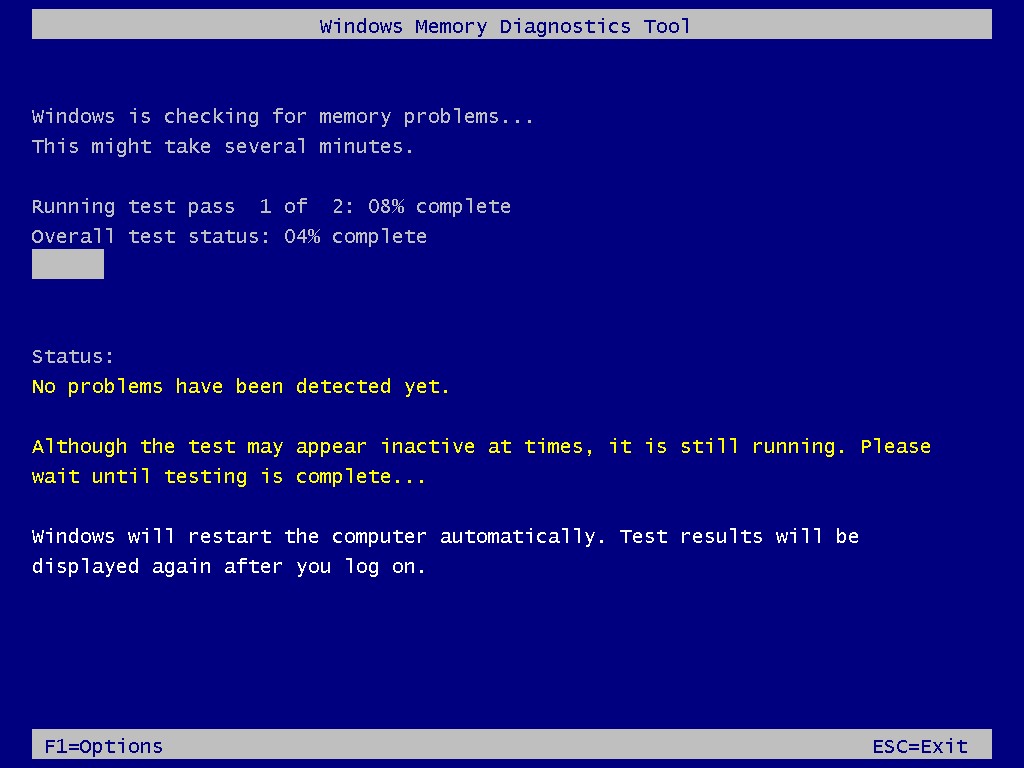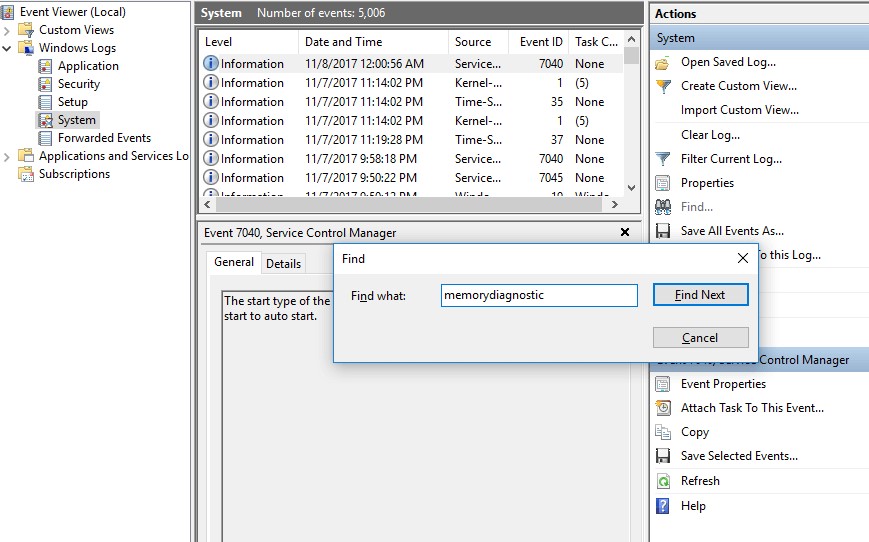RAM is certainly an integral part of any computer and a faulty or malfunctioning RAM can make your entire system unstable and ramp it down. But for a layman it is really a tough call to judge whether it is running smoothly or not.
For this purpose, Windows offers a system tool, named as Windows Memory Diagnostic tool that can easily let you know whether the RAM has any issues or not. Though there are 3rd party tools available as well, but it is always better to rely on the inbuilt Windows tools, especially if you are novice user.
Getting Started With Windows Memory Diagnostic Tool
- Click on Start menu, type Windows Memory Diagnostic and press Enter. This will launch the window of Windows Memory Diagnostic.
 Alternatively, you can you can type mdsched.exe in the Run dialog box and press Enter (Run dialog box can be opened by pressing windows key along with R).
Alternatively, you can you can type mdsched.exe in the Run dialog box and press Enter (Run dialog box can be opened by pressing windows key along with R).

- A small window will appear asking you to confirm restart of your PC. You can also schedule it on the next bootup of your PC.
 If you wish to check for problems with RAM right now then save your work and click on Restart now and check for problems (recommended).
If you wish to check for problems with RAM right now then save your work and click on Restart now and check for problems (recommended). - Now the computer will reboot itself and a blue screen of Windows Memory Diagnostics will appear, showing the status. This test might take some time to complete, so you just need to wait until the test completes.
This test can be bit slow and you may find that the test is aborted. But that’s not the case as the test would be running.
Once the scan is finished you will get a detailed report regarding the health of your Ram. In Windows 10 to get the detailed report you must have to go to Event Viewer.

- Click on Start menu and type Event Viewer. Now press Enter. This will launch Event Viewer.

- Now click on Windows Logs > System. Here you find large number of events.

- Click on Find option in the right panel.

- Now type in Memory Diagnostics and click Enter.

- This will show you a detailed report at the bottom of the screen.
Surely this is one of the simplest method which can let you know that your RAM is faulty or not.

 Alternatively, you can you can type mdsched.exe in the Run dialog box and press Enter (Run dialog box can be opened by pressing windows key along with R).
Alternatively, you can you can type mdsched.exe in the Run dialog box and press Enter (Run dialog box can be opened by pressing windows key along with R).
 If you wish to check for problems with RAM right now then save your work and click on Restart now and check for problems (recommended).
If you wish to check for problems with RAM right now then save your work and click on Restart now and check for problems (recommended).




 Subscribe Now & Never Miss The Latest Tech Updates!
Subscribe Now & Never Miss The Latest Tech Updates!